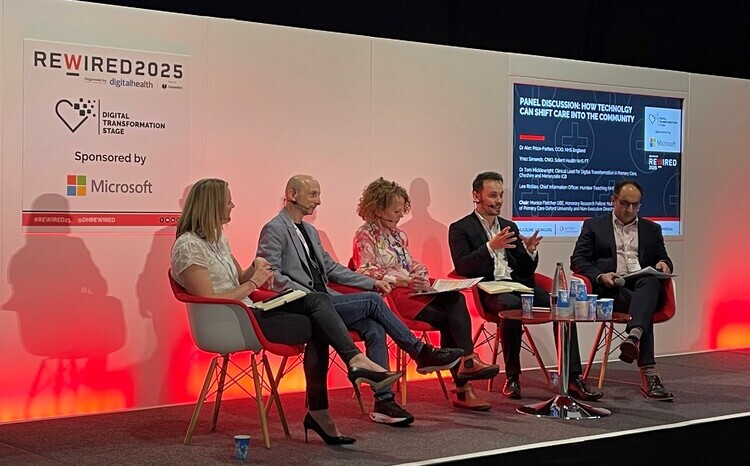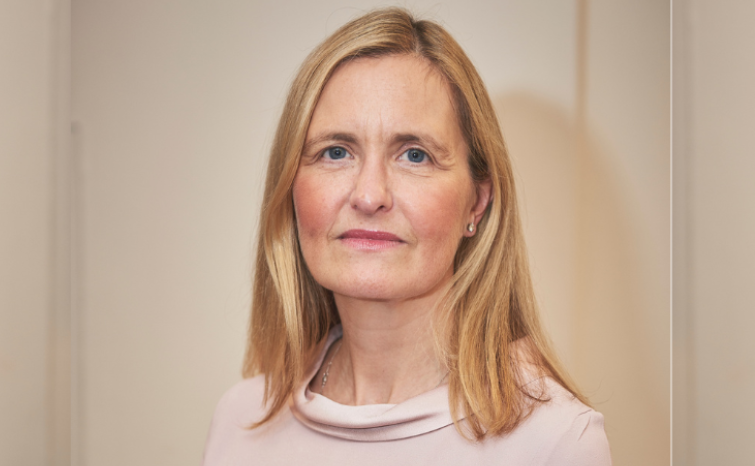From the Heart and Chest
- 15 July 2013

We did it! Three weeks ago, Liverpool Heart and Chest Hospital became a highly IT-enabled healthcare organisation – overnight.
It was not easy, and not everything is absolutely perfect. But on 26 June 2013, a major multi-million pound NHS electronic patient record project went live essentially on time and on budget.
Well done to the entire EPR team, the wider organisation, Allscripts and our other partners both new (like Hyland, which supplies our electronic document management system) and old (like Silverlink, our patient administration system supplier).
On time?
When our project officially began on 1 April 2012, our scheduled go-live date was 26 June 2013, and that has never changed. Allscripts had told us that we could implement in nine to 12 months using its ‘Speed to Value’ model.
Known as “S2V”, this has at its heart a “vanilla” general hospital whose EPR you adapt, instead of building a system from scratch. S2V undoubtedly helped a lot; but it did need changing a lot.
Interestingly, the Anglicisation of US terminology was the more trivial challenge in comparison to the adaption needed to use UK instead of US models of care delivery from healthcare workers. Also important was the extra work involved in building the things we needed for our highly specialist tertiary care work.
We on the Liverpool Heart and Chest Hospital side were the “reserved Brits”. Our project plan had been for 15-17 months, with contingencies for an over-run. My wife and I hadn’t planned a foreign holiday this summer, in case the date slipped.
So, yes, we were on time; and the only thing that is late is my column for my EHI readers. My apologies, but I hope you will forgive me – I have had other things on my mind in the last fortnight.
On Budget?
Fortunately, the budget isn’t my primary responsibility – I just specify what the clinical staff need and leave it to John, our programme director, to worry about the money. The fact that our director of finance is our executive sponsor helps!
Flippancy aside, we have come in essentially on budget. A few areas like scanning costs and end user requirements were under-estimated, but overall we got it very close. I think it was a good piece of work, considering the size and complexity of the project and the number of unknowns at the outset.
Go-live day
Our ceremonial go-live time was 7am. I was there to press a big green button (not quite Allscripts’ lime green, but we tried), sitting on a Liverpool Heart and Chest Hospital purple plinth with senior representatives from the company and our execs.
After that time, any patient admitted to the hospital was cared for on the EPR. The nice thing was that this has meant a gradual uptake of the EPR, with hot-spots moving through the hospital over the following days.
Day ward, the catheter lab and outpatients were definitely “hot” on the first day, but some of our surgical wards still only had one or two EPR patients after five days.
We ran a Command Centre 24/7 for ten days. It was tough for the EPR team that manned it. They had been working really hard for several months, and then even more intensely in the last few weeks; trying to get as much content in as possible for go-live. To then work long hours of shift work was a “big ask”, but I am really proud of how they stepped up and delivered.
Our EPR
So what was it, precisely, that we delivered? To say “everything” might sound arrogant but it isn’t actually far from the truth.
Our hospital switched over to electronic processes for the vast majority of healthcare delivery. Lots of rough edges and lots of optimisation to do over coming months, but to paint a broad picture “everything” is a fair characterisation, I feel.
Our clinical documentation – both clinical notes and nursing observations – are now recorded direct into the EPR. Of the 650 odd documents that we had, over 500 are now within the EPR. The ones that aren’t are typically low volume items that we can scan into the EDMS for now.
Consent forms, for example, are still paper and get scanned; but I am keen to get them individually printed direct from the EDMS soon and, over time, we may move to signing on digitiser pads. If the Royal Mail and Tesco can do it, then I am sure we can!
Orders and results are electronic workflows. These range from what is close to a full ‘order comms’ implementation for pathology and radiology systems to electronic ordering and return via direct virtual printing into the EDMS for cardiac diagnostics and pulmonary function.
Inbound paper and the back-file (old scanned paper notes) are also managed by the EDMS, and we have built elegant workflows within that system for several processes, such as OPD referrals.
We have an electronic patient flow system to manage our bed estate. Last but not least, we replaced our EPMA (e-Prescribing) with the Allscripts version, giving fuller functionality and tight integration with our other systems.
Reality
I wouldn’t want to give you all the impression that it has gone 100% smoothly. It hurt. It hurt a lot. It was undoubtedly very tough and stressful for the wider organisation and the EPR team.
But the reality is that any major transformational change like this is going to hurt. I have been going round collecting lots of quotes, and I was particularly proud when one of my respiratory colleagues said to me on the second day: “It pains me to say this, Johan, but this is great.
“I can’t believe it is working so well after only 27 hours” (and we consultants don’t like to give cross-specialty praise lightly!).
Perhaps the most telling quote was a senior exec who told me: “I thought it was going to be a lot worse.” I think that that is a very wise summary of what success looks like for a project like this.
Childbirth
My favourite analogy, however, came from another medical colleague, who describes what we been through as being like childbirth. Painful at the time, but well worth it when you see the result – a new baby.


Dr Johan Waktare
Dr Johan Waktare is a consultant cardiac electrophysiologist at Liverpool Heart and Chest Hospital, specialising in interventional procedures for heart rhythm disorders. He is the clinical lead on the trust’s electronic patient record project, as well as being a clinical lead for IT and the trust’s Caldicott Guardian.
A self-confessed IT geek, Dr Waktare has always been interested in computer hardware and software. His status was cemented when, several years ago, the IT helpdesk agreed to replace a user’s PC rather than look at it – after hearing that he had failed to repair it.




